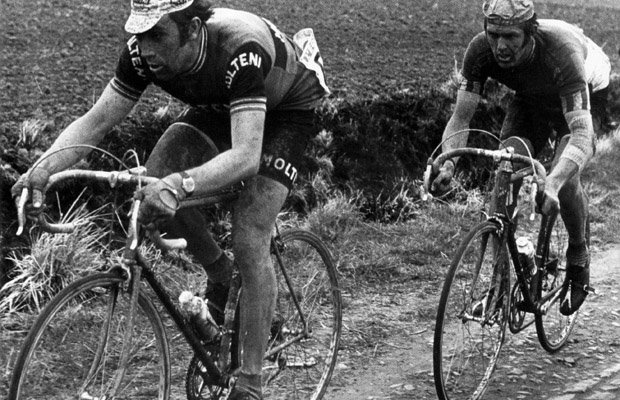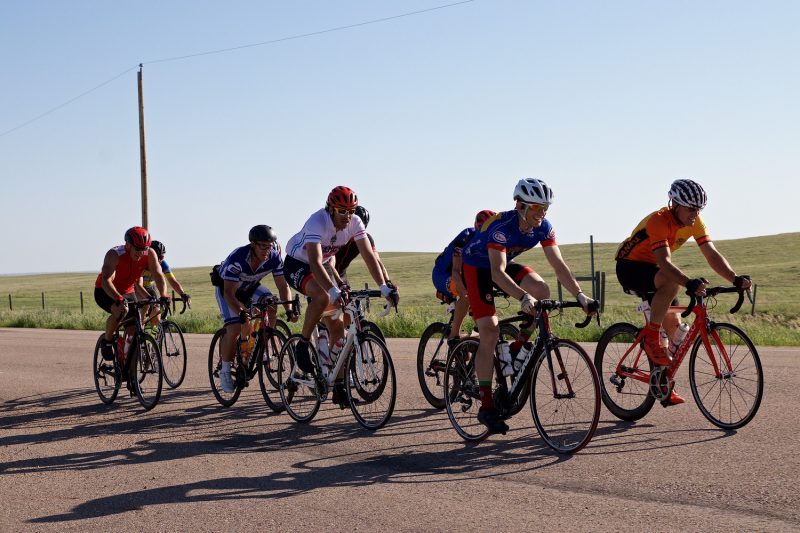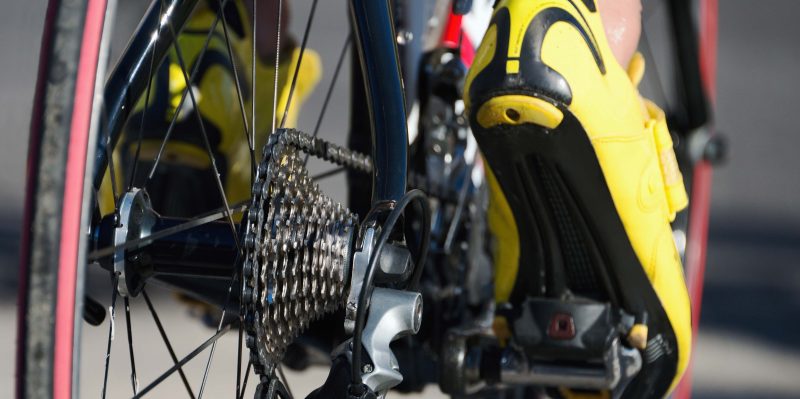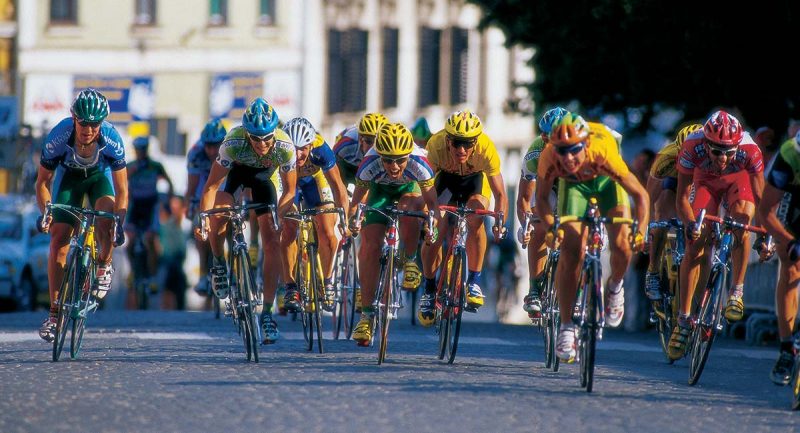ETIQUETTE
Announcement: RIDE EAT REPEAT!
Club Etiquette
This section contains information and practices that foster group safety and cohesiveness.
All riders must wear helmets for every ride.
Be Predictable: Group riding requires extraordinary attention to cycling in a very predictable manner. Others expect you to consistently ride in a straight line, at a constant speed, and to clearly signal changes. Pedal continuously at a cadence and speed that are consistent with those around you.
Communicate: Communication is a requirement of safe cycling. Participants make a positive contribution to a ride when they provide respectful feedback, reminders and instructive dialogue regarding cycling etiquette and safety. It is incumbent on all of us to offer courteous input regarding mistakes and riding habits that are dangerous.
Change Positions Correctly: If you want to pass, do so on the left and say, “On your left!” to warn the cyclists ahead that you are passing. Sprinting around the group while a car is trying to pass is dangerous.
Announce Hazards: When riding in a group many cyclists may not have a good view of the road surface ahead because of the riders in front of them. It is important to indicate hazards by pointing to them and by shouting “Hole!” or “Glass!” or “Rock!” etc. As cars approach shout, “Car back!” or “Car up!” and then quickly move into single file as far to the right as is reasonable.
Watch the Pace: A group ride, by definition, is designed to accommodate a range of abilities. Although it is natural for groups to form, no one should be intentionally dropped. When riding near others, adjust your speed to maintain your position and help keep the group together. Resist the temptation at the front of the group to speed up; maintain a constant tempo or level of effort. Likewise, if an individual or the paceline is surging, say, “Easy!” to moderate the pace. It may be best to let those that are surging to go.
Regroups: Help maintain group cohesiveness and camaraderie. As a courtesy, the last cyclist to join the regroup should determine when the group restarts the ride. Faster riders are encouraged to take turns as “sweep,” for those who fall off the back.
Keep the Group Informed: If you decide to leave the group and ride on your own, inform the ride leader, or another rider, so that people don’t waste time looking for you.
Stop Signs & 4-Way Stops: Use hand signals and a loud voice to let other riders know that you are slowing and stopping. Follow traffic laws by yielding to vehicles that stop first. Those at the back of the group must not develop a tendency to follow the leader through intersections. Each rider is responsible for his or her own safety; don’t follow the herd. Riders cannot assume the intersection is clear for the whole group. Proceed in small groups after each rider comes to a stop at the limit line. Communicate your intentions to motorists.
Move Fully Off the Road When You Stop: Insure individual and group safety, and do not interfere with traffic.
Leave a Gap for Cars: When riding up hills or on narrow roads where you are impeding faster traffic, leave a gap between every two to five bicycles so that motorists can take advantage of shorter passing intervals. If five or more vehicles accumulate behind the group, pull over at the next safe pull out, and allow the vehicles to pass as required in the California Vehicle Code.
Provide Camaraderie and Support: Remember we are a social recreational bicycle club. Watch out for your fellow cyclist before, during and after the ride. Help make newcomers feel welcome by introducing yourself. Don’t immediately spin off to join up with your old cycling buddies. Instead, spend a portion of the ride with the new cyclist.

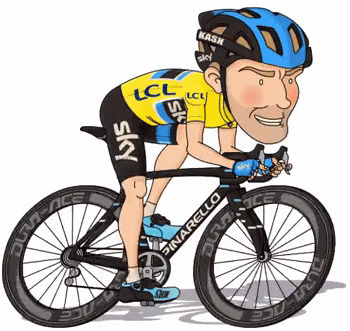
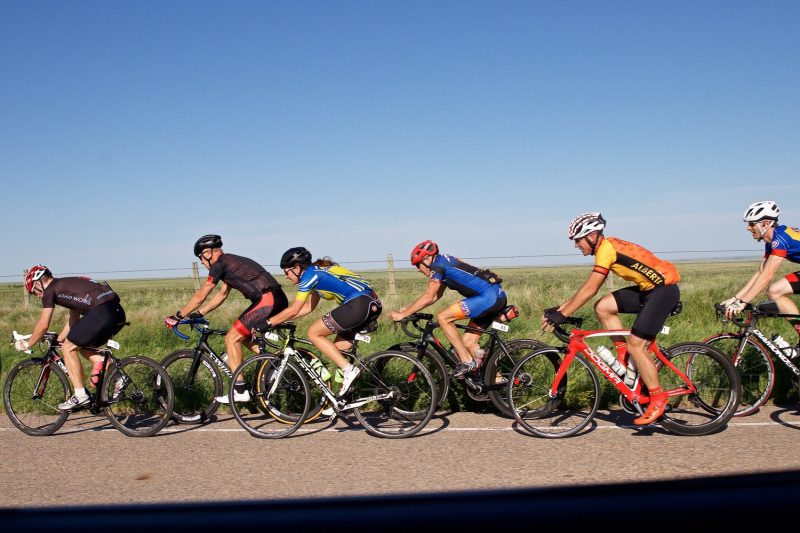
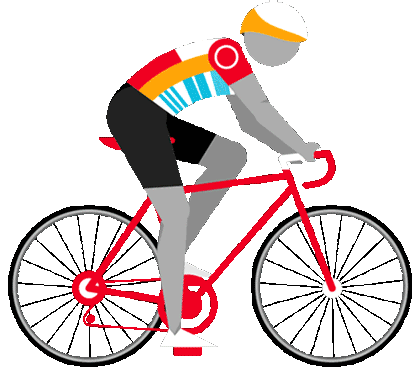
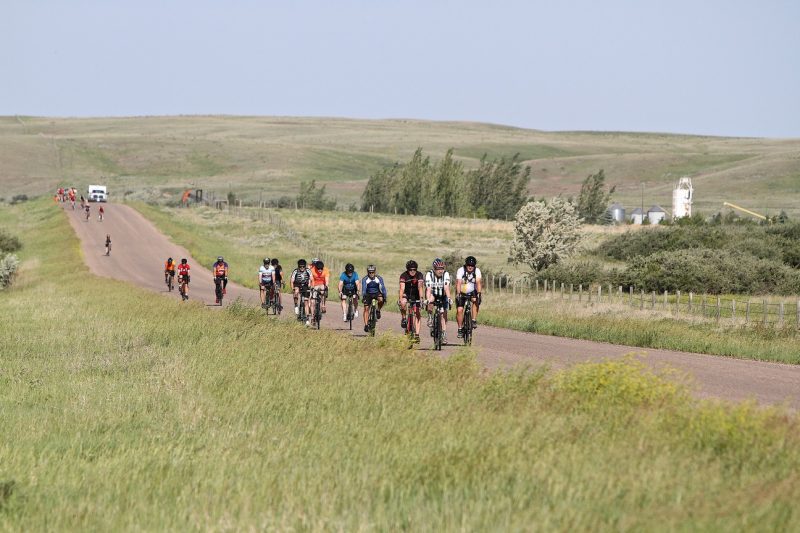
Want to Join The Club?
Click on the “Get Involved” button, come and enjoy the fresh air.
